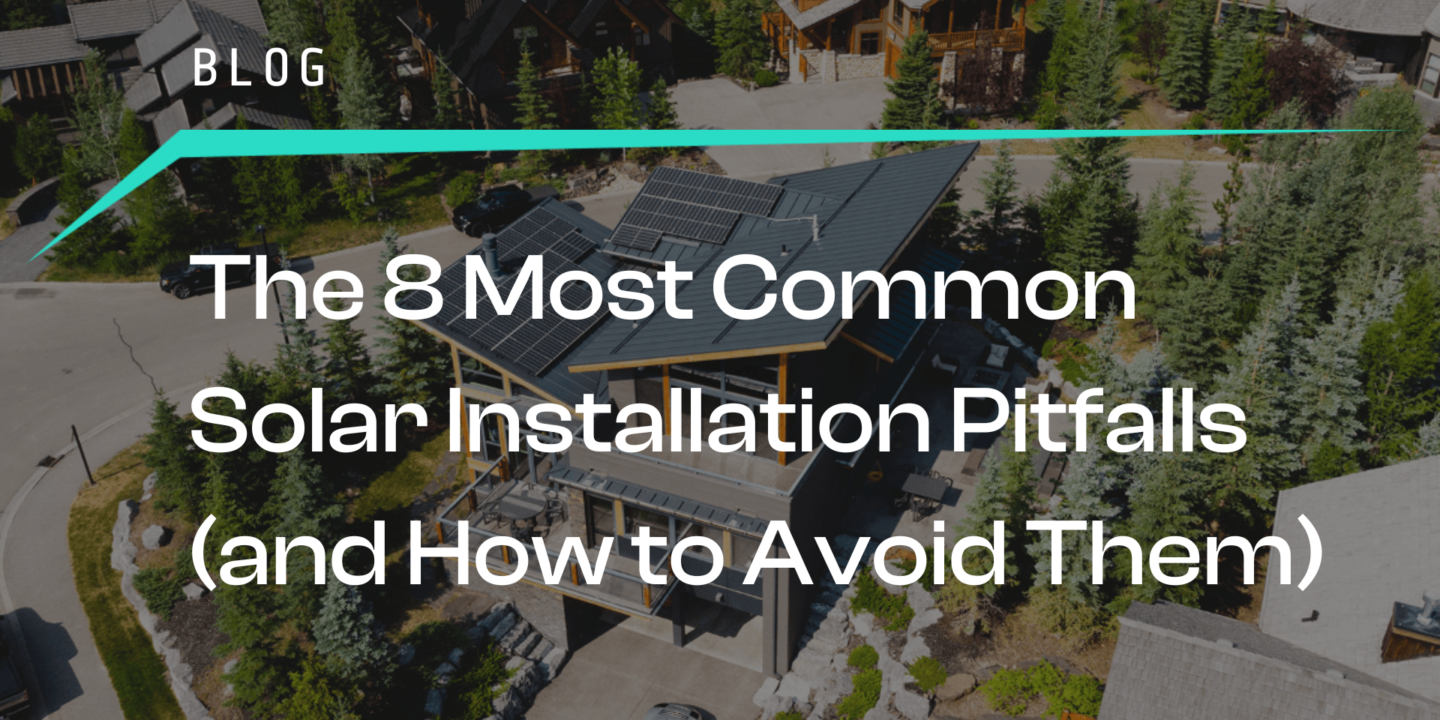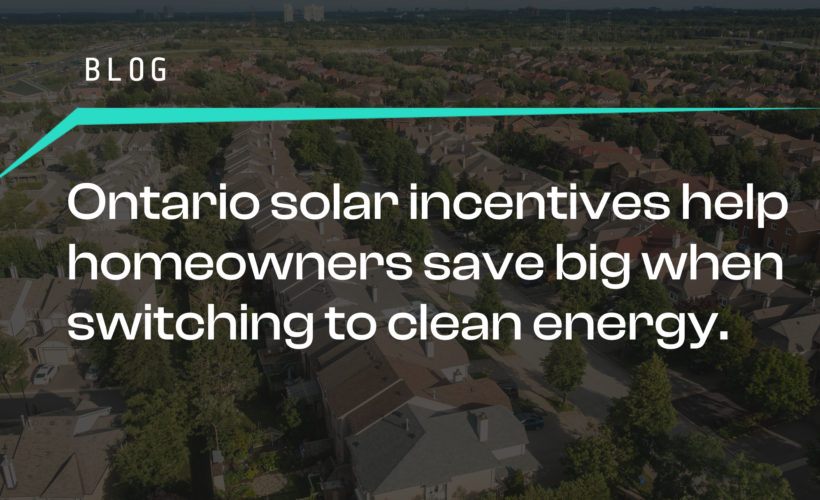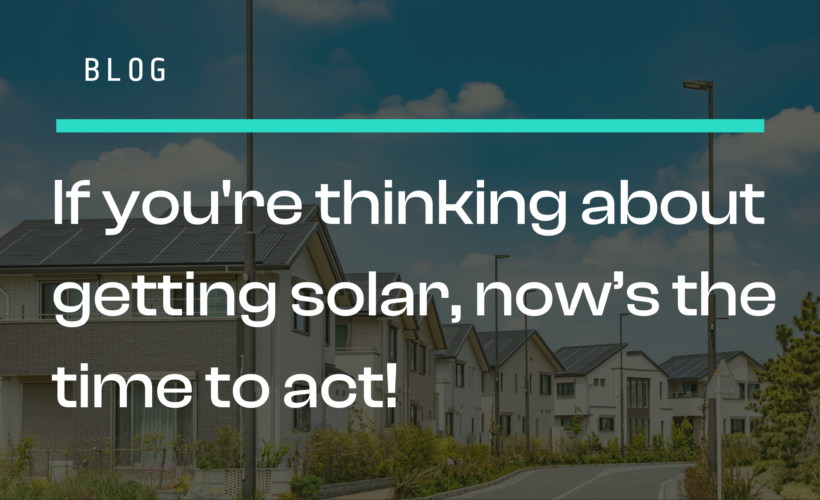You’ve decided to explore solar, amazing! You’re taking control of your energy costs, reducing your carbon footprint, and future-proofing your home. But before the panels go up, let’s talk about what could go wrong (and how to avoid it).
Solar is one of the smartest investments a homeowner can make, but only if it’s done right. Poor installation, incorrect system design, or amateur wiring can lead to headaches, extra costs, or even safety risks down the road.
The 8 Most Common Solar Installation Pitfalls (and How to Avoid Them)
1. First and Foremost, Not Using a Certified Electrician
Solar panels are just part of the system. The real magic, and risk, is in the electrical work. Connecting your system to your home and the grid requires precise calculations, safe installations, and local code compliance.
It’s the Law in Alberta and Ontario
Both provinces require a licensed electrician to handle any connection to your home’s electrical system and to the utility grid. Without this, your system:
- May not pass inspection
- May void insurance
- Could pose safety risks
In Alberta, certified electricians must follow the Canadian Electrical Code (CEC) and pull the proper permits. In Ontario, systems must comply with ESA (Electrical Safety Authority) regulations, CEC codes, and the Ontario Electrical Code.
Safety, Safety, Safety
Incorrectly wired systems can cause:
- Power surges
- Fires
- Damage to your home’s existing electrical setup
Certified electricians know how to handle:
- Electrical panels and breakers
- Voltage balancing
- Inverter safety
- Grounding and bonding
This isn’t just about following code. It’s about protecting your family and your home.
You’ll Need Their Stamp for Insurance and Permits
Trying to sell your home or file an insurance claim? If your solar system wasn’t installed by a certified electrician, you might face major headaches, or even liability.
With the proper certification, everything is:
- Documented
- Up to code
- Transferable to a new homeowner
They Understand Load Calculations and System Design
Certified electricians do more than wire things, they calculate:
- Your home’s total electrical load
- How solar will integrate with your with your home’s existing electrical infrastructure
- Whether your main panel needs an upgrade
This ensures your system doesn’t overload your circuits and that you’re maximizing your return.
They Future-Proof Your Setup for EVs, Batteries, and Beyond
Want to add a battery backup later? Or install a Level 2 EV charger?
An experienced electrician will:
- Plan your system to grow with you
- Leave room in your panel
- Set you up for easy upgrades
What to do instead: Make sure your installer is a certified electrician or works directly with one. In Alberta and Ontario, this isn’t just smart, it’s the law.
2. Choosing the Cheapest Quote Without Looking Deeper
It’s tempting to go with the lowest price, but with solar, you get what you pay for.
Cheap quotes often leave out:
- Necessary electrical upgrades
- Proper roof assessments
- Warranty coverage
- High-quality panels or inverters
What to do instead: Get 2–3 detailed quotes and ask questions. Compare what’s included, the brands used, and the certifications of the installers. A lower-quality system might cost less up front, but more in the long run.
3. Ignoring Your Roof’s Age and Condition
Solar panels last 25+ years. If your roof is due for replacement in the next 5–10 years, it’s a bad idea to install solar now just to remove it all later for a re-roof.
What to do instead: Get your roof inspected first. If it’s older than 15–20 years, talk to your solar provider about combining solar with a re-roof project.
4. Skipping the Paperwork and Permits
Every province, utility, and municipality has rules about how solar connects to the grid. If your installer skips the permits or doesn’t follow code, you could:
- Void your warranty
- Face fines or delays
- Have your system disconnected
What to do instead: Choose a solar provider who handles all permitting, inspections, and utility approvals. In Alberta, that means ensuring your system is registered with your retailer and complies with the Micro-Generation Regulation.
5. Installing Panels Where They Won’t Perform
Not all roof space is created equal. A north-facing array shaded by trees will never live up to its potential, no matter how good the equipment is.
What to do instead: Make sure your provider uses solar modeling tools to assess orientation, tilt, shading, and annual sunlight. Ask to see your estimated production in kWh/year before anything is installed.
6. Forgetting About Micro-Generation or Metering Rules
In Alberta, if you produce more power than you use, micro-generation allows you to sell it back to the grid. In Ontario, net metering gives you kWh credits.
But if your system isn’t set up properly, or connected to the right retailer, you might not qualify.
What to do instead: Work with an installer who understands your utility provider’s requirements and helps you register correctly.
7. Not Future-Proofing Your System
Many people go solar, then a year later wish they’d added room for:
- An electric vehicle
- A battery backup
- More panels
What to do instead: Talk to your installer about future upgrades. Ask: “If I want to add panels later, is this system expandable?” It’s easier to design for growth now than to retrofit later.
8. Not Asking About Monitoring and Maintenance
A quality installer will set you up with an app that lets you:
- Monitor your solar production in real time
- Track your savings and environmental impact
- Catch any issues early
What to do instead: Before signing off, ask your installer what app or platform you’ll use to monitor your system. Make sure it includes real-time tracking, alert notifications, and a way to see how much power you’re producing and saving. Bonus points if they walk you through the dashboard and set it up on your phone post-installation.
You should also talk about your installer’s post-installation service and maintenance processes. Is it easy to call in or email to get support? Are there online resources and FAQs? Is there a walk-through and turnover package at the end of the install?
Your Solar System Checklist (Do This Before You Sign)
Whether you’re in Alberta or Ontario, here’s what to check off before moving forward:
- Your installer is a certified electrician or works with one
- They’ve assessed your roof, panel, and sun exposure
- They’ve provided a production estimate (in kWh/year)
- They’ve handled or explained permits, inspections, and utility approvals
- You understand how Micro-Generation or net metering works
- You’ve discussed your future needs (EVs, batteries, etc.)
- You’re clear on warranties, brands, and financing options
- They offer solutions to monitor and maintain your panels
If all that checks out, you’re ready to go solar with confidence.
Go Solar the Smart Way
Solar is one of the most empowering upgrades you can make to your home. But like any investment, it needs to be done right.
By avoiding these common mistakes and insisting on a certified electrician, you’ll set yourself up for:
- Long-term energy savings
- Lower monthly bills
- Better home value
- And total peace of mind
The sun shows up for you every day. Make sure your solar system is built to match.





